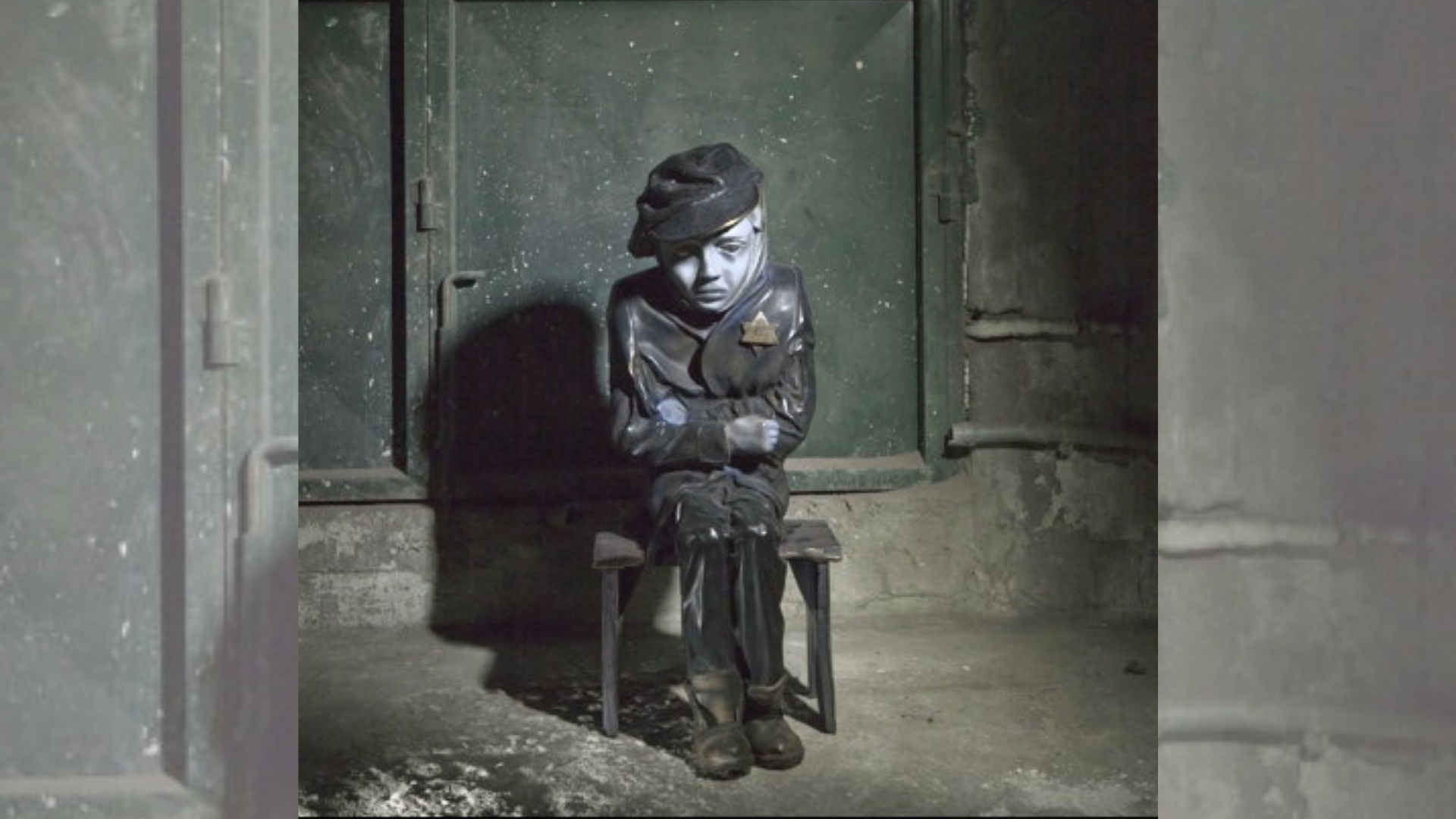Anastasia N. Xanthopoulou-Contoguris is currently the only Greek Australian sculptress of the Holocaust in contemporary fashion. Her sculptures have been exhibited extensively around the world.
We sit down with Anastasia to hear all about her creative work, and her thoughts on the importance of educating people on the Holocaust through her sculptures given the rise in antisemitism recently due to the Israel-Gaza conflict.
Anastasia, tell us a little bit about yourself
Born in Darwin, April 1963, to a Greek mother from Epirus raised in Istanbul, and a father from Kavala with Pontian roots.
My father was a ship chandler in Singapore, and complications from the heat required my pregnant mother to be flown out as soon as possible, and Darwin was their choice. However, we lived in Australia for less then a year, and subsequently my adventurous parents led a nomadic life driving with their baby through India, Iran, Iraq, flew to Europe only to plan a year long drive through Africa and settle in Durban. Belgium, boarding school in Switzerland, Greece, UK, Austria and Turkey have been some of the places I called home. Presently, I’m living in Istanbul with my four amazing children aged 31, 24, 22, and 21.
You say you are the only Greek Australian sculptress of the Holocaust in contemporary fashion. How did you get into sculpture?
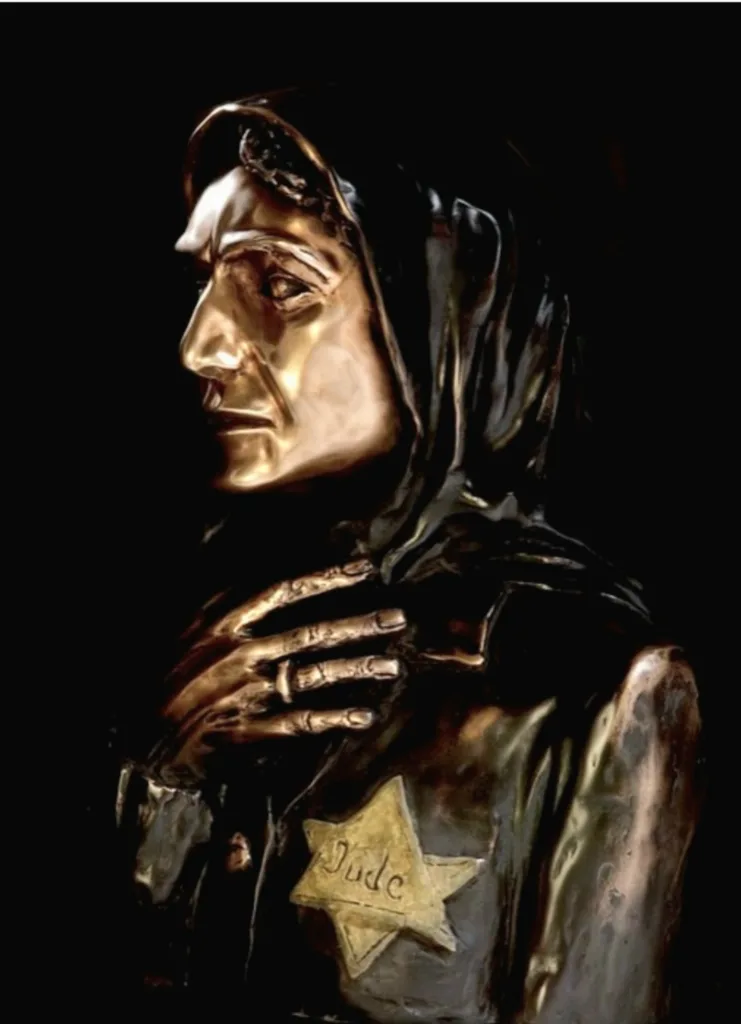

As an International Relations student in Geneva in the early 80’s, I was exposed to Middle Eastern politics. As a result, I developed a keen interest in the history and politics of Israel and its neighbours. I proceeded to become a life-long student on the subject. I traveled to Israel for the first time in 1984, and continued at regular intervals since, which allowed me witness the growth and evolution of modern Israel through the decades.
I lived with locals and developed strong friendships, and along with friendships and business acquaintances made with Jews worldwide, I’ve acquired insight of the diversity of Jewish people, and the plethora of their combined origins that makes up the uniquely rich Israeli culture.
I witnessed immense antisemitism in university. However, the brewing antisemitism in business and social circles across the board was even more disconcerting. The best way to counter antisemitism I found, has been through my art. That is the strongest voice I have.
Why have you chosen to focus on the Holocaust when creating your sculptures?
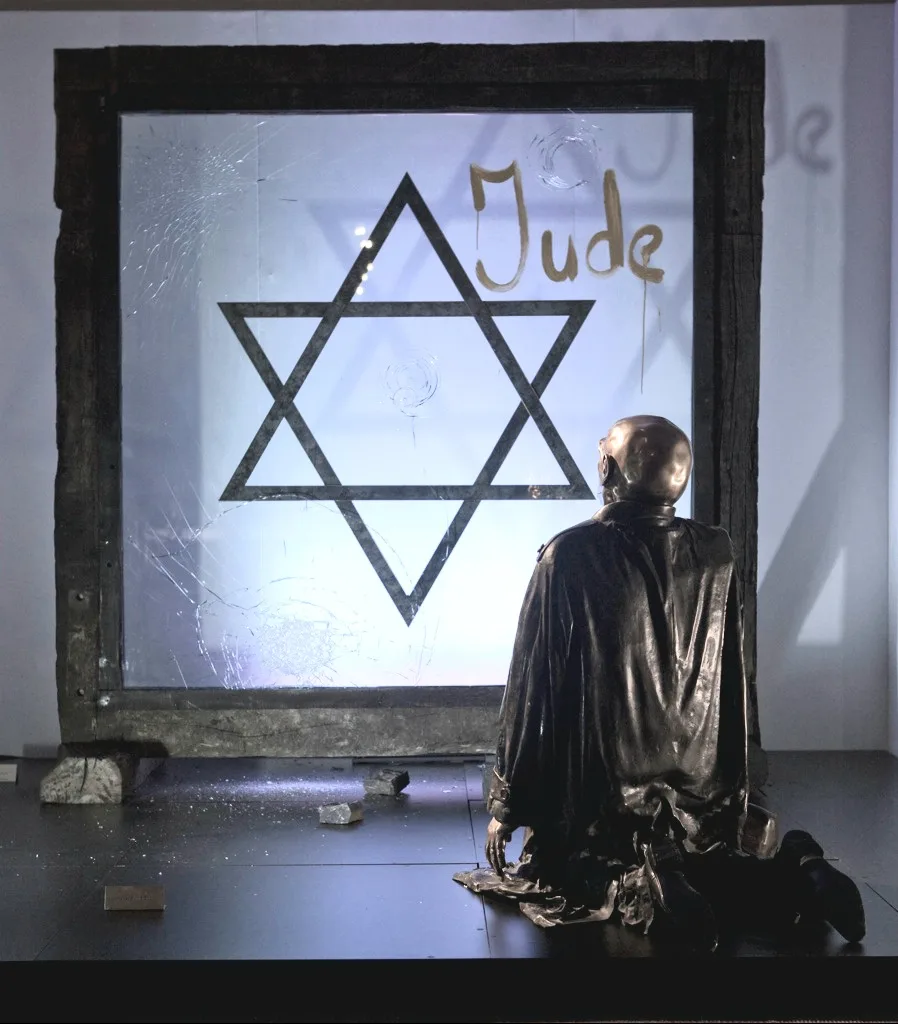
During Holocaust Week in Toronto in 2013, bewildered Jews who visited the exhibition incessantly asked me to explain why I, a Christian, decided to dedicate my entire oeuvre to Jewish suffering. Why? I was initially taken aback by this question. Frankly, I still have trouble answering because it should be obvious. This was a horrific experience in modern history propagated by an advanced, educated nation, in front of the eyes of the world that chose to avert them more often than not.
I admire the resilience of the Jewish people because they managed to survive against all odds, and were able to continue and create a small place in the world where they could exist without persecution. From nothing, from sand and swamps, equipped with determination, resilience, and brilliance they created the Modern State of Israel. My admiration translated itself in the creation of one after another, often life-size and super life-size 21 sculptures created over almost a decade.
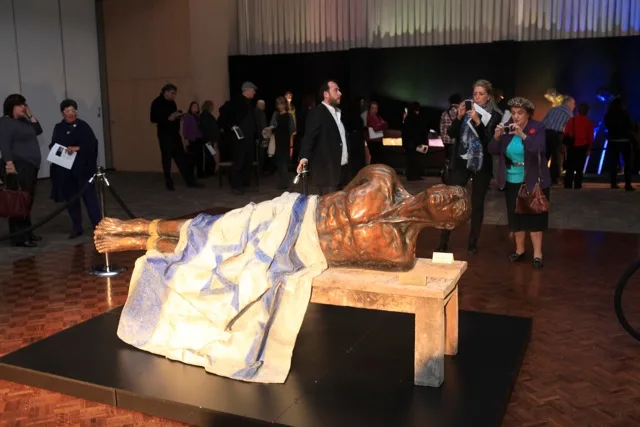
Please describe the process of creating your sculptures.
I create my sculptures with clay and then proceed to cast them with the lost-wax method in a very small special foundry in Athens, Greece. Once the bronze sculpture is prepared by a very lengthy process, I work with the foundry owner on the patina and assembly of an installation where required. A sculpture that has taken anything from a week to a few months to create in clay needs a further 2-3 months until completion. It is a lengthy and costly affair as a sculpture can weigh up to 700 kilos.
Is there a particular piece you’ve created which resonates with you the most? Why?
I really can’t chose, because they came out from my heart by means of my hands. But I will describe a few for you.
The children have a special place in my heart, especially the one lying on the cobblestones. I actually wept when I was making it, and had to work in short intervals.
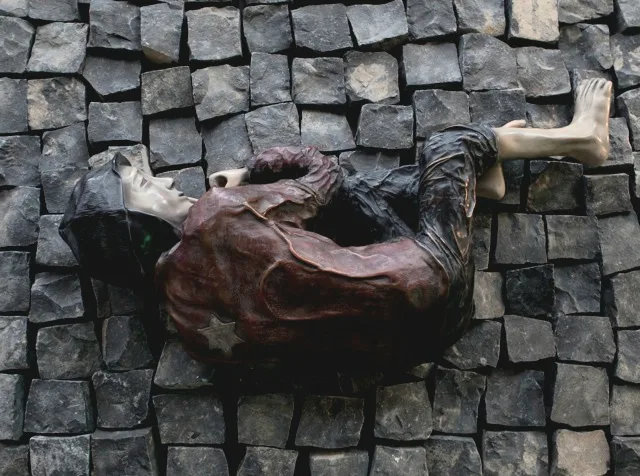
I participated with the Ghetto Child on the stool in the 6th Beijing International Art Biannale and received praise.
Israel in Shackles is another close to my heart, because it was my way of expressing how a powerful, young nation is bound with the unreasonable shackles of world opinion which has always chosen to judge it by a different measure.
Babi Yari is a very special installation made to commemorate the mass massacre of 33,771 Jews between 29-30 September, 1941. I particularly love Tikva as I’ve assembled it with hundreds of individual bronze Stars of David commemorating those lost in the camps. Yet I have left an opening where the bunched up red Stars depict the heart of the Jewish people, which still beat on.
Why do you think it’s so important to showcase the horror of the Holocaust through the arts?
The arts can be a thought provoking, entertaining and at times interactive mode of education. I had the pleasure of welcoming scores of elementary students to the 9-day exhibition, since we were asked to extend beyond the planned week in order to be able to accommodate students. We had Q&A sessions on the floor amongst the sculptures. The children had so many questions that I was often overwhelmed by their eagerness to learn. I presented the sculptures in a darkened space with soft spotlights, while giving small flashlights to each child so they could see each sculpture in detail. They were asked to touch the sculptures. Run their hands over most of them.
This experience reaffirmed that art must be used to educate and cleanse society, at least the younger generations, of blind destructive prejudices.

Is there anything else you’d like to say?
I have been obliged to pause further creations as this is, as I said earlier, a quite expensive passion. Presently, the collection is in storage in Aspropyrgo, in individually made crates, as are three huge crates with the mother molds. I am eager to see this collection find a home, which would allow me to finance the next round of sculptures.
Last but not least I will like to bring your attention to my favourite project which involved the creation of hundreds of small bronze stars with individually hand painted names of a child, the date and place they were murdered. All the names I retrieved from Yad Vashem. These Stars were sold by myself in Toronto and by friends, the proceeds which were collected by Save-a-Childs-Heart Foundation, established in Israel and which provides free heart surgery to impoverished children of any religious denomination and ethnicity. We were told the funds we managed to collect saved three children.
You can see more of Anastasia’s work at www.anastasiasculptures.com
